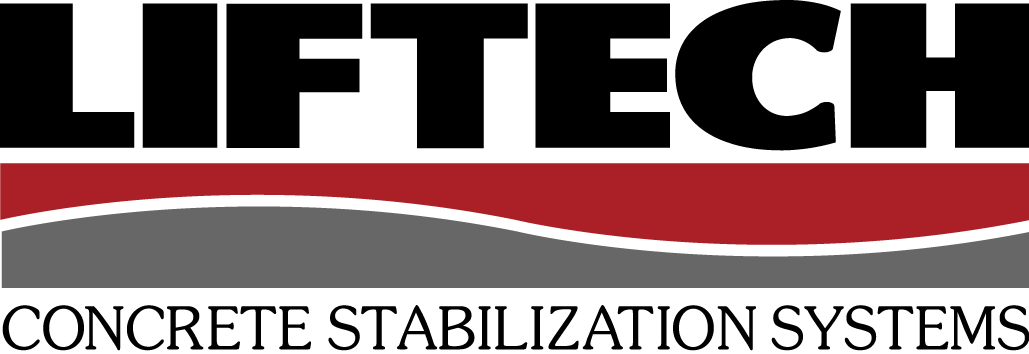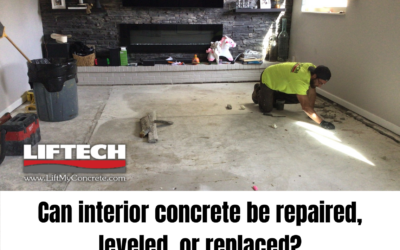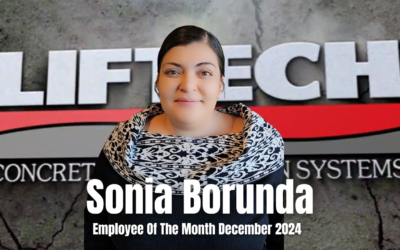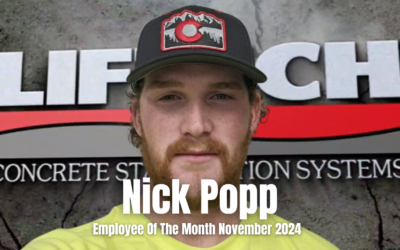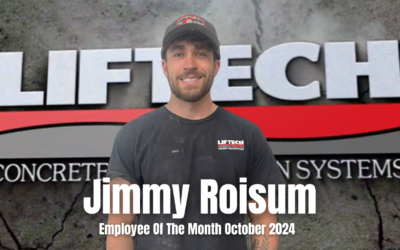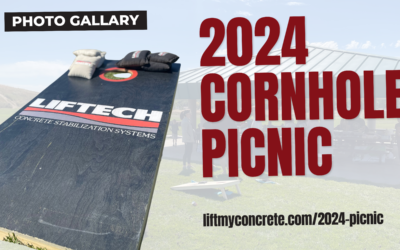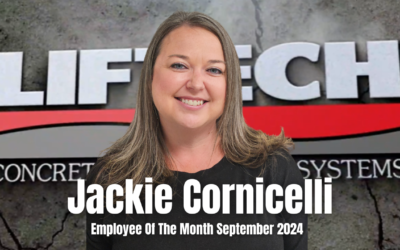Why Do Cracks Happen?
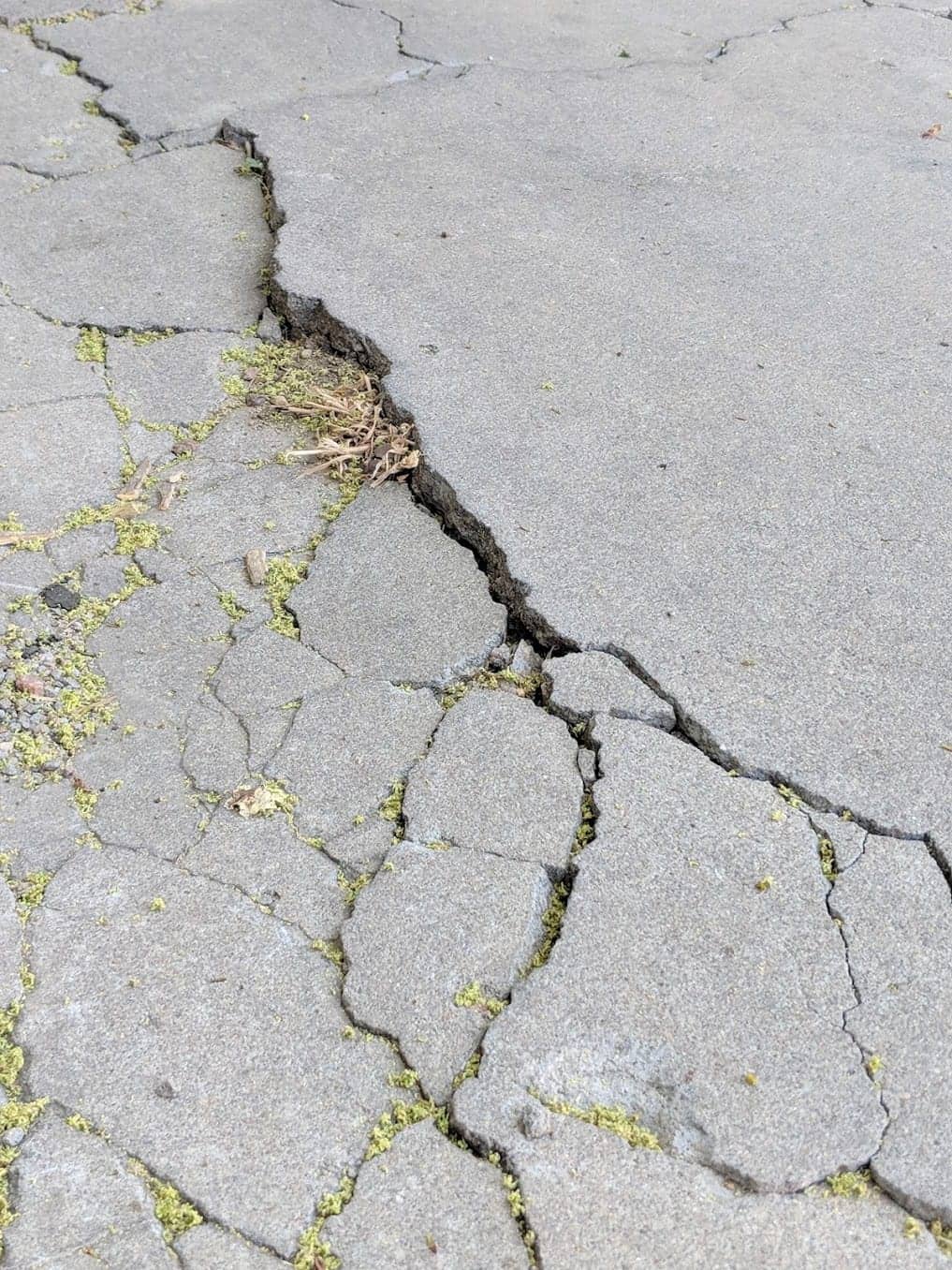
If you’ve ever walked down a sidewalk, you’ve seen cracks in concrete. In other words: You’ve seen cracks in concrete. Unless your 5-year-old was undertaking a particularly raucous version of “don’t-step-on-a-crack-or-you’ll-break-your-mother’s-back,” however, you probably didn’t pay that much attention to those cracks.
What gets us to start paying attention to cracks in the concrete? When the cracks are on our own driveways, driveways, front stoops, sidewalks, or basement floors, or (GASP!) in the foundations of our homes.
Now that the crack has gotten your attention, you probably have some questions for it. You want to know what kind of crack it is, what its likely causes are, and what you can do to stop it. We’re here to tell you: The crack isn’t going to answer you. Fortunately, we at Liftech will be happy to answer those questions for you, leaving the cracks to their stony silence.
What Type of Crack Is This?
Cracks fall into two main categories: active or dormant. Active cracks visibly change direction, width, or depth over time. Dormant cracks, on the other hand, show no signs of change.
Both active and dormant cracks may require repair, because any type of cracked concrete is vulnerable to taking on moisture and thereby becoming damaged further. What may seem like a small, insignificant crack now could become a serious problem in the future.
Both active and dormant concrete cracks come in many shapes and forms. It’s helpful to understand the differences between the different crack types, because while some don’t pose serious risks, others could inflict major structural damage to your home or property.
The following are the crack types Liftech sees most often in our concrete repair work throughout Colorado. The severity of each of these crack types is determined by its width, depth, and direction.
Plastic-shrinkage Cracks
What it looks like: These cracks run about halfway into the concrete. They’re usually short and unevenly distributed across the surface.
Why it happens: These cracks occur when concrete is curing. They happen when the surface dries too rapidly (generally due to an increased rate of evaporation), before the concrete has set.
Do I need to worry about it? Because this is a surface crack, more serious structural issues are generally not a problem. Typically, these cracks don’t impact your concrete’s durability.
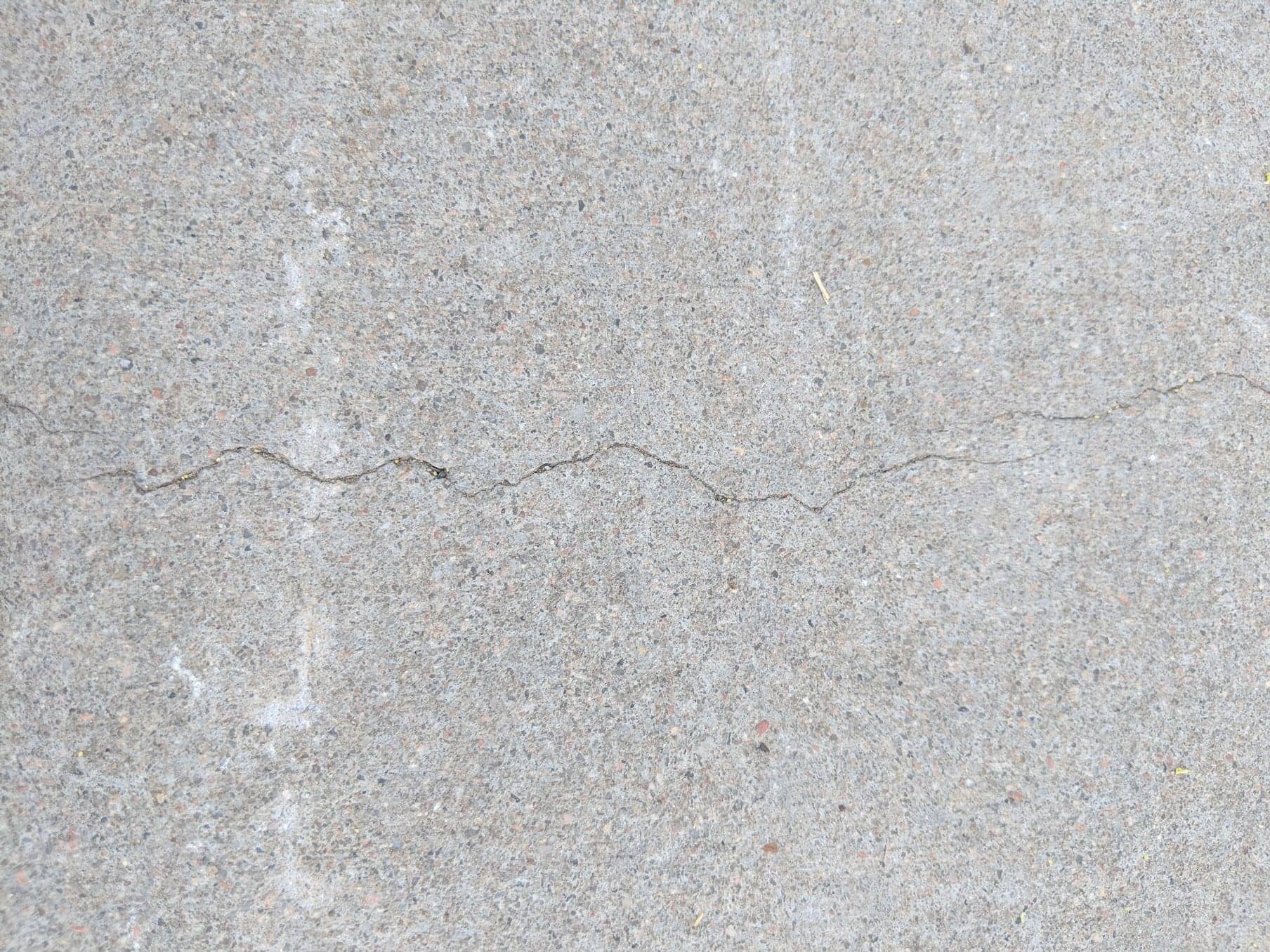
Hairline Cracks
What it looks like: Hairline cracks are very, very thin but can be quite deep.
Why it happens: These occur when the concrete settles during the curing process.
Do I need to worry about it? Yes. Because they can be so deep, these cracks can lead to more damaging cracks after the concrete hardens. Obtain the opinion of a professional.
D-cracking
What it looks like: D-cracking is when cracks either stem from the concrete joint or run parallel to it. These are deeper cracks that go beneath the surface.
Why it happens: This occurs when moisture gets into the joint, in situations where coarse aggregates were used in the concrete. The aggregates have deteriorated by freezing and thawing.
Do I need to worry about it? Yes. As an active crack type that cannot be stopped, D-cracking can cause serious structural issues.
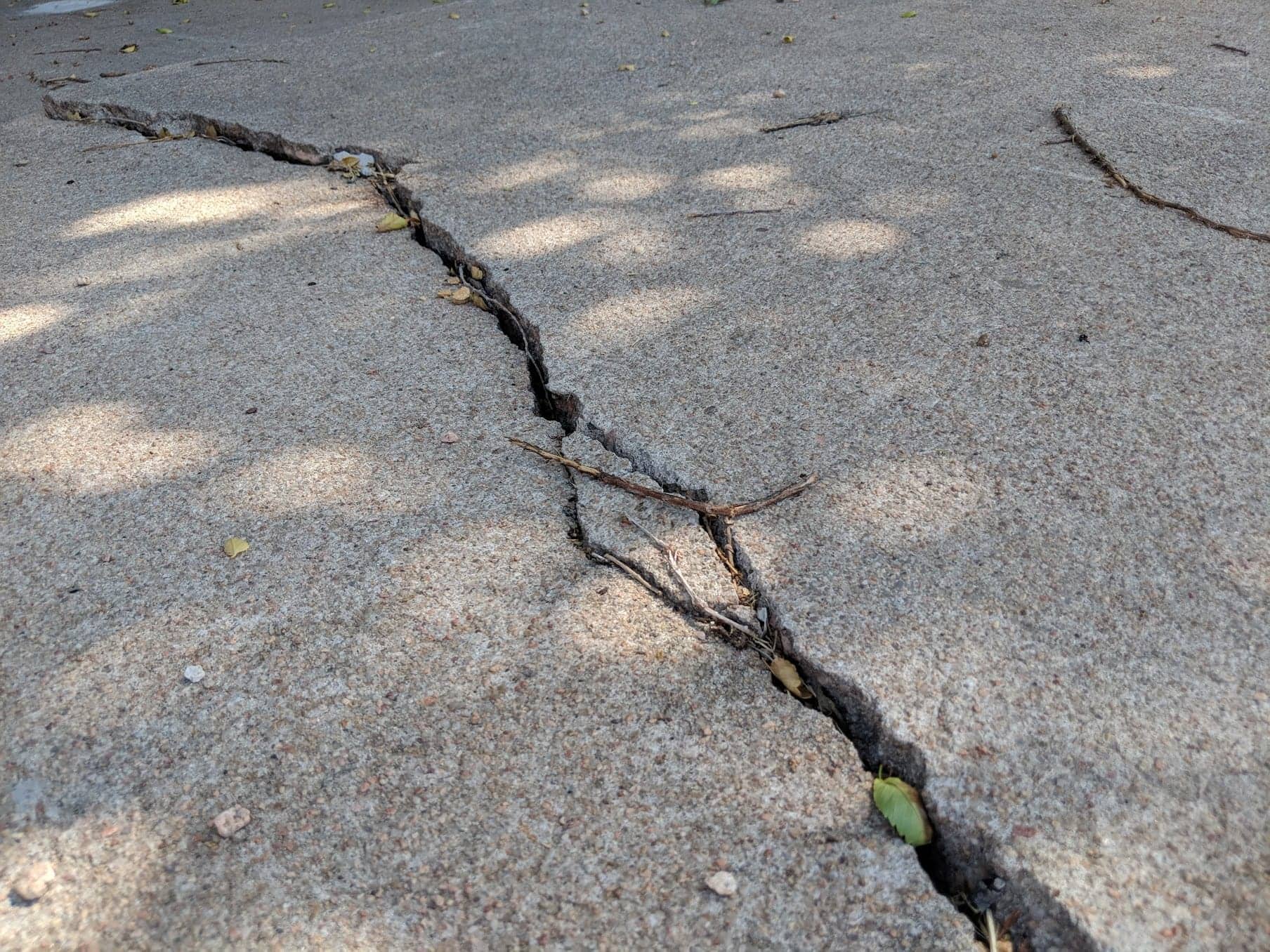
Offset Cracks
What it looks like: This type of crack occurs when the crack is higher on one side than on the other.
Why it happens: This happens most often because there is unevenness below the concrete, possibly from objects like tree roots, rebar, or old concrete.
Do I need to worry about it? Yes. Repairing these cracks is generally a good idea for safety reasons. They are often trip hazards.
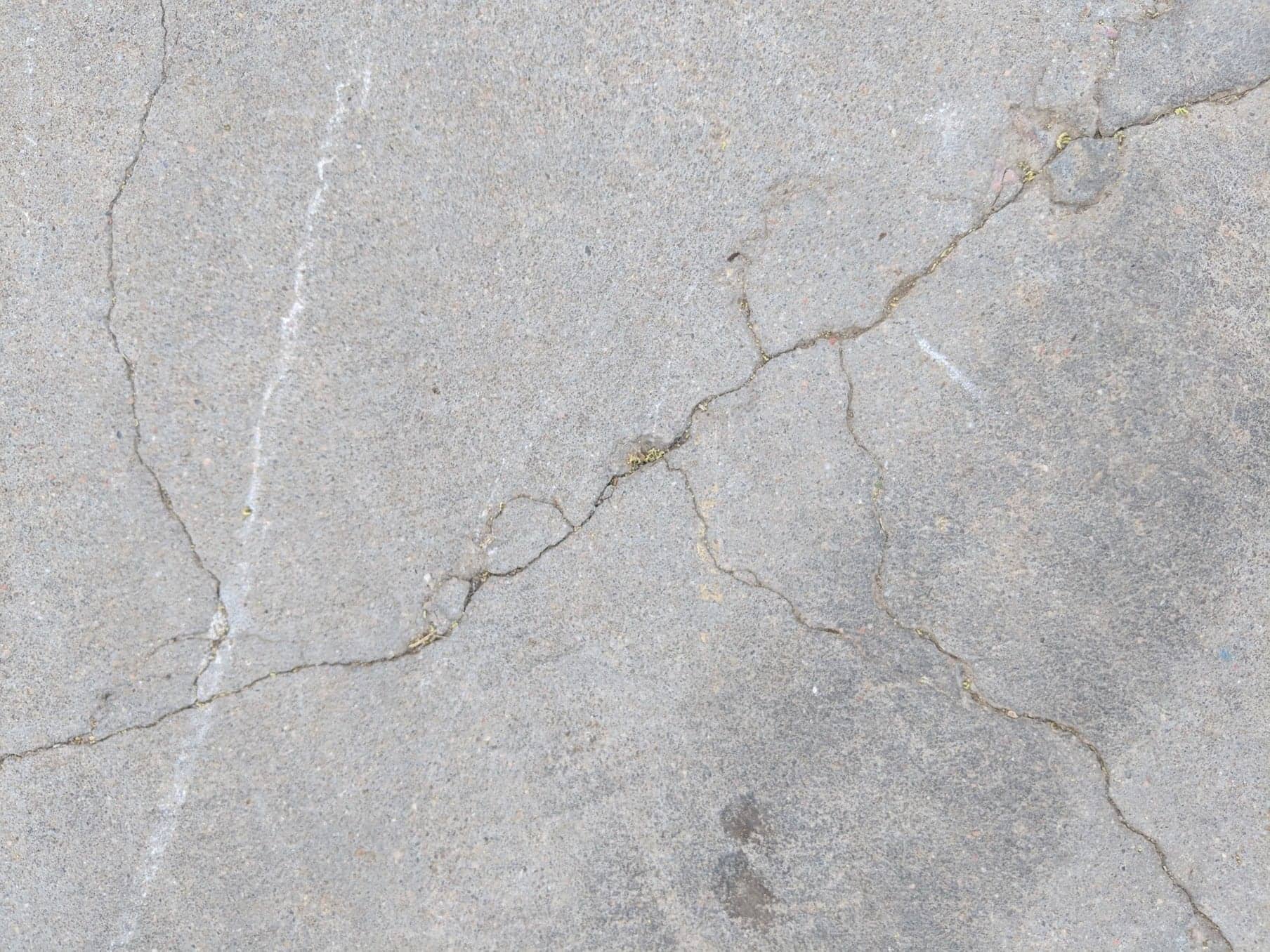
Map Cracks
What it looks like: Map cracking looks like a road map. It consist of a series of thin, shallow cracks that run across the concrete’s surface.
Why it happens: This can also be caused by issues with the curing. Because this crack is only on the surface, it shows that the drying has occurred only at the surface level, constrained by underlying concrete that shrank less.
Do I need to worry about it? Again, because this is a surface crack, more serious structural issues are generally not a problem. These cracks generally don’t impact your concrete’s durability, either.
Pop-outs
What it looks like: These are cone-shaped depressions in the surface of the concrete.
Why it happens: This happens when there is an especially absorbent piece of aggregate near the surface. The aggregate causes expansion and pops out of the concrete’s surface.
Do I need to worry about it? Typically, pop-outs don’t impact the concrete’s structural integrity. Whether you want to repair a pop-out will depend on its size and location.
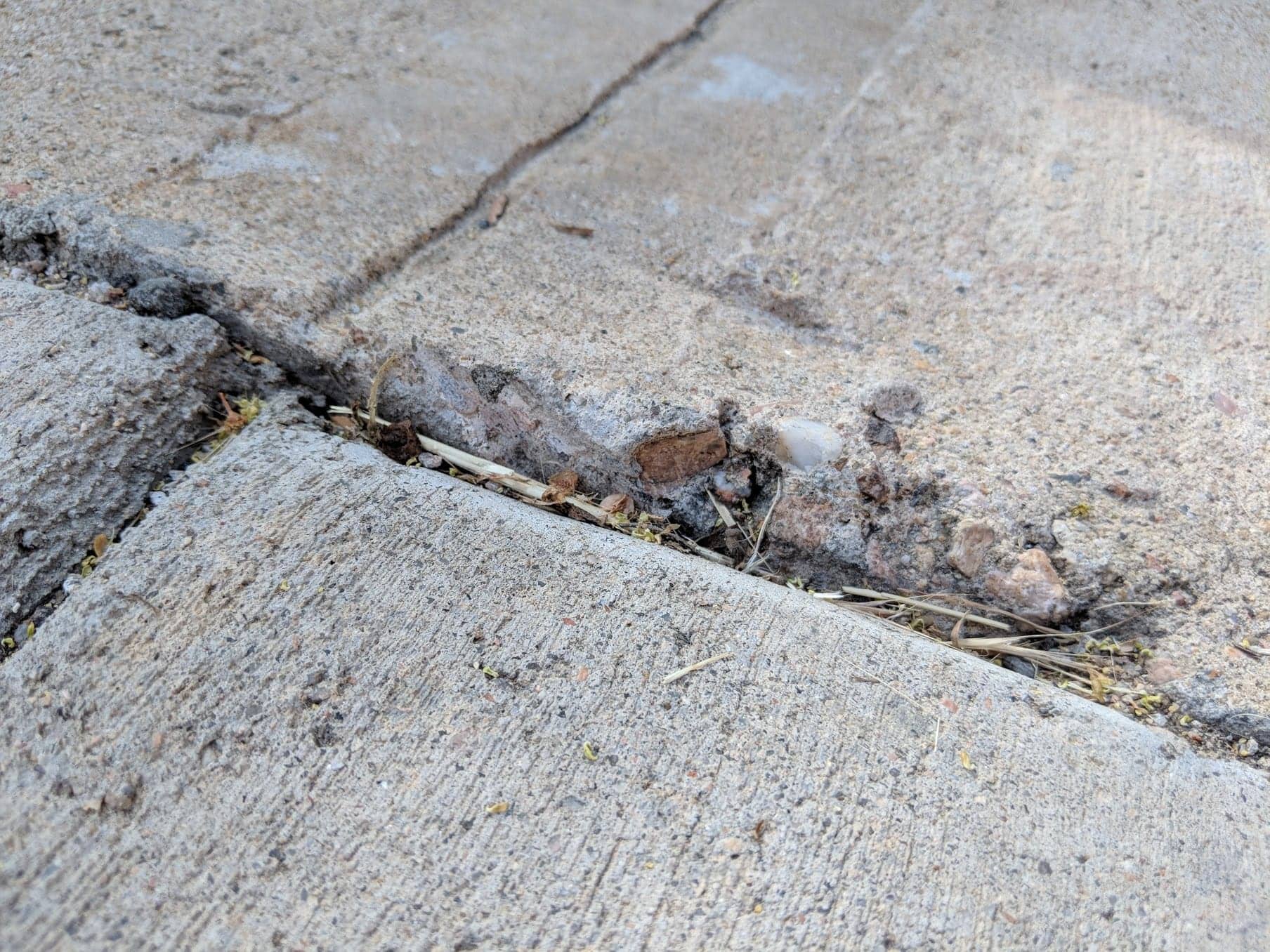
Spalling
What it looks like: Spalling refers to depressions in the surface that are linear along the length of a piece of rebar. The depressions are larger and deeper than those seen in scaling.
Why it happens: Spalling is also caused by pressure rising from below the concrete’s surface. This most often occur when joints are not properly made, or if the rebar has corroded. Corrosion will create pressure as the rebar rusts, which pushes chunks of concrete away from each other and exposes the metal below the surface. This is a particularly severe form of spalling, as the corrosion accelerates when exposed to the elements.
Do I need to worry about it? Again, as with scaling, it depends on the extent of the spalling. Does the spalling cause safety issues? Does its aesthetic appearance reduce the value of your property? Regardless, be aware that spalling is an active crack type, so it’s likely to continue.
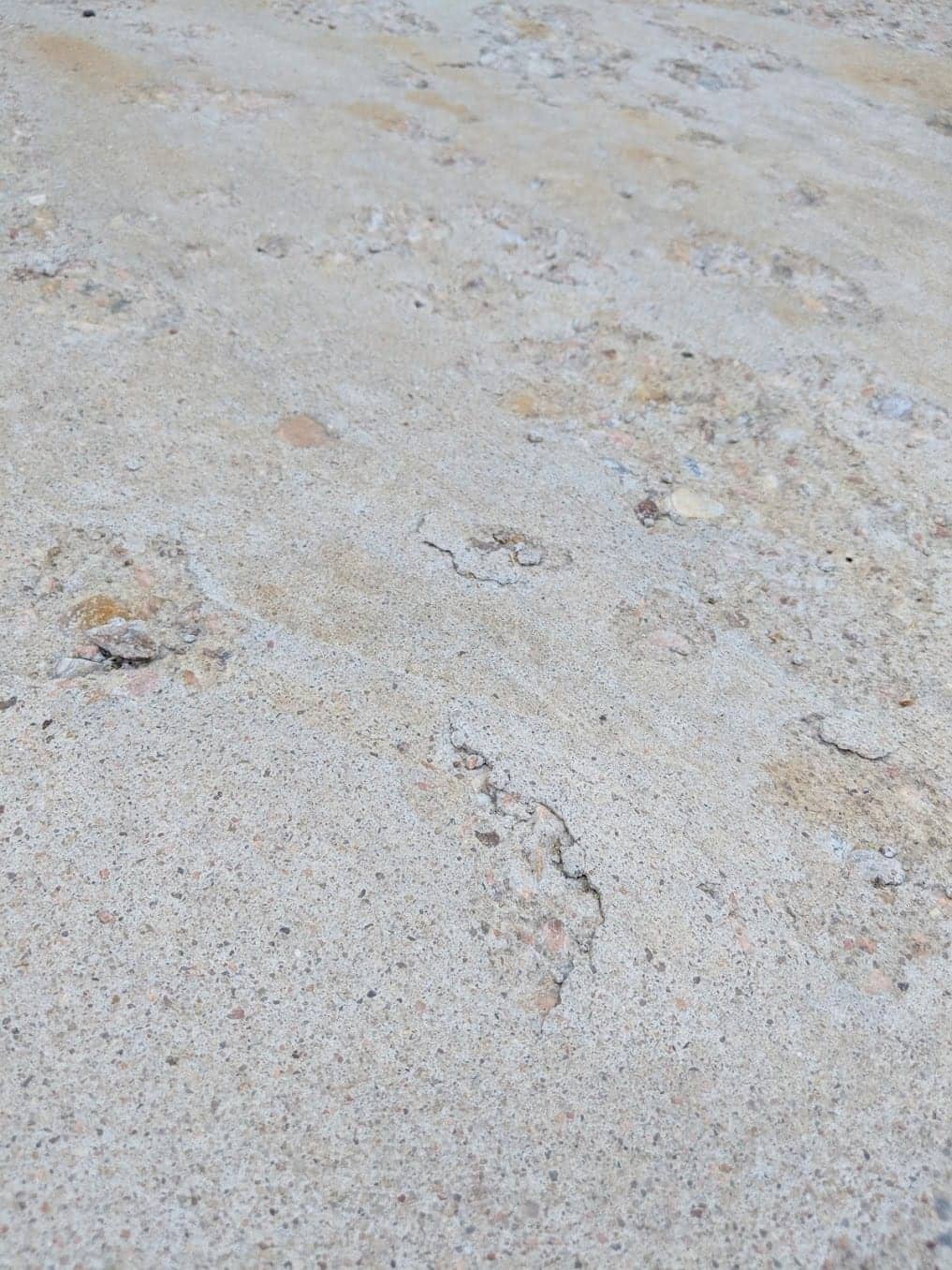
Scaling
What it looks like: These are the little pock marks that appear on the surface of the concrete and expose the aggregate beneath.
Why it happens: If the concrete is not properly finished after being cured, water will seep into the concrete, which then expands when it freezes and pushes small pieces up through the surface. It can also be caused by delamination. Delamination occurs when either excess water or air remains in the concrete after it is finished. The water or air rises to the top and forms small pockets below the surface, which then break open, causing scaling.
Do I need to worry about it? It depends on the extent of the scaling. Does the scaling cause safety issues? Does its aesthetic appearance reduce the value of your property? Regardless, be aware that scaling is an active crack type, so it’s likely to continue.
Diagonal Corner Cracks
What it looks like: Diagonal corner cracks run perpendicular to one another, from one joint to another joint at the corner.
Why it happens: Concrete slab corners often curl because there are different temperatures throughout the depths of the concrete, and may also warp because of the different moisture levels throughout the depths. Levels of concrete that are drier or colder shrink more, which then causes a crack to occur once the concrete is dry. The corners are more prone to cracking if they are warped or curled because they have empty space below them. They also often crack during curing because the weight overloads the corner, causing the corner to crack downward into the emptiness underneath.
Do I need to worry about it? Most likely, yes. Since these active cracks are caused and perpetuated by many different variables, close analysis by a qualified professional is recommended.
How Do I Decide Whether I Should Get the Crack Fixed?
Now that you’re at least vaguely a concrete-crack identification expert, you may be wondering if certain cracks on your driveway, sidewalk, basement, stairs, or elsewhere on your property may be problematic. As Colorado’s most highly rated and trusted choice for concrete leveling, Liftech would be happy to come to take a look and share our professional judgment. Schedule a free onsite visit and we’ll help you determine whether the repair is the right option for your crack. Because again – that crack isn’t about to tell you anything. You might as well talk to us!
